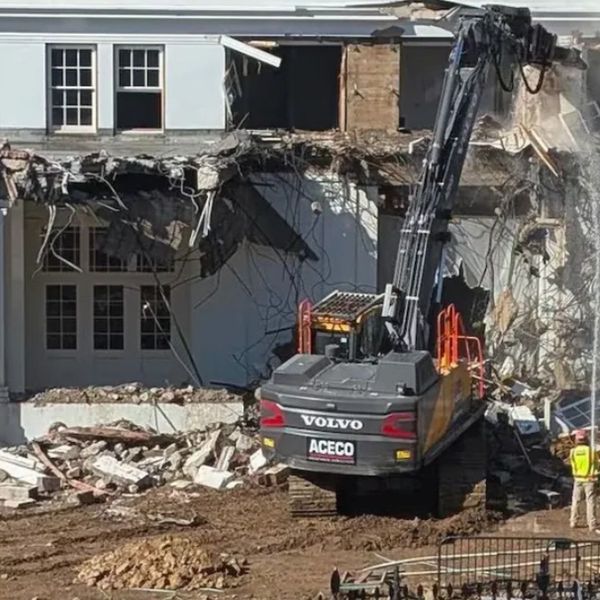On Tuesday, Los Angeles reached a new, all-time low for voter turnout in a mayoral election. Contrary to the claim in a L.A. Times editorial that the abysmally low voter turnout was not "bottom scraping," the thirteen percent turnout was in fact as bottom of the barrel as it gets. Sure, it could get lower-but it hasn't before.
"Bottom scraping" or not, thirteen percent voter turnout for a mayoral election is hardly cause for civic celebration.
The old saying "if it ain't broke, don't fix it" comes to mind. Well, L.A.'s elections are "broke," but they're in good company. California is broke, and so is L.A.
Instead of running a seemingly endless series of expensive elections that the city can't afford and no one shows up for, how about trying something different? That something different is Instant Runoff Voting.
L.A. requires runoff elections to ensure that a candidate is elected with a majority of the vote. Historically, that has meant two separate elections held months apart. The problem, of course, is that each election costs something in the neighborhood of $8 million and voter participation drops precipitously for the second election. In 2007, for example, only six percent of voters participated in L.A.'s runoff election. By using Instant Runoff Voting, L.A. could combine two rounds of elections into one, saving millions of dollars and increasing voter turnout in the process.
Here's how Instant Runoff Voting, or "IRV" works: instead of voting for just one candidate, voters rank the candidates in order of preference-marking their first choice, second choice, third choice, and so on, on the ballot. If a candidate wins a majority of first choice rankings, that candidate is elected. If, however, no candidate receives an initial majority of first choice rankings, the candidate with the fewest first choice rankings is eliminated from the race and that candidate's supporters have their votes count for their second choice. The votes are counted again to see if any candidate has a majority. If not, the process repeats until a candidate emerges with majority support
Besides saving the city millions of dollars, IRV would shorten the campaign season, and save everyone-candidates, supporters and volunteers-time and money. Right now, for example, two candidates for different seats on the Community College Board, Nancy Pearlman and Angela Reddock, are gearing up for yet another campaign and another election despite winning decisive first round victories. Ms. Pearlman captured 49% of the vote; her nearest competitor won 13%. Ms. Reddock won 48%, the second place finisher took 20%. Their commanding leads notwithstanding, both Pearlman and Reddock must venture back on the campaign trail. Again.
Since switching to IRV for local elections in 2004, San Francisco has saved millions of dollars. Voters from a range of ethnic backgrounds in that incredibly diverse city have found it easy to use. What's more, in San Francisco and in Burlington, Vermont, where IRV is used to elect the mayor, observers have noted that IRV leads to more civil campaigns. That's because candidates need to court the second choice votes from their opponents' supporters, and therefore have an incentive to avoid negative campaigning.
IRV has drawn broad, bipartisan support throughout Los Angeles including: the Los Angeles Area Chamber of Commerce, the Los Angeles League of Women Voters, the Los Angeles County Federation of Labor, the Southwest Voter Registration Education Project, the Mexican American Bar Association, former Los Angeles Mayor Richard Riordan, Los Angeles Controller-Elect Wendy Greuel, State Board of Equalization Chair Judy Chu, Los Angeles County Supervisor Mark Ridley-Thomas, State Controller John Chiang, Council members Bill Rosendahl and Ed Reyes, Council President Eric Garcetti, School Board President Monica Garcia, and Community College District President Kelly Candaele.
With record low voter turnout and sky-high budget deficits, the time has come to fix L.A.'s broken elections.

